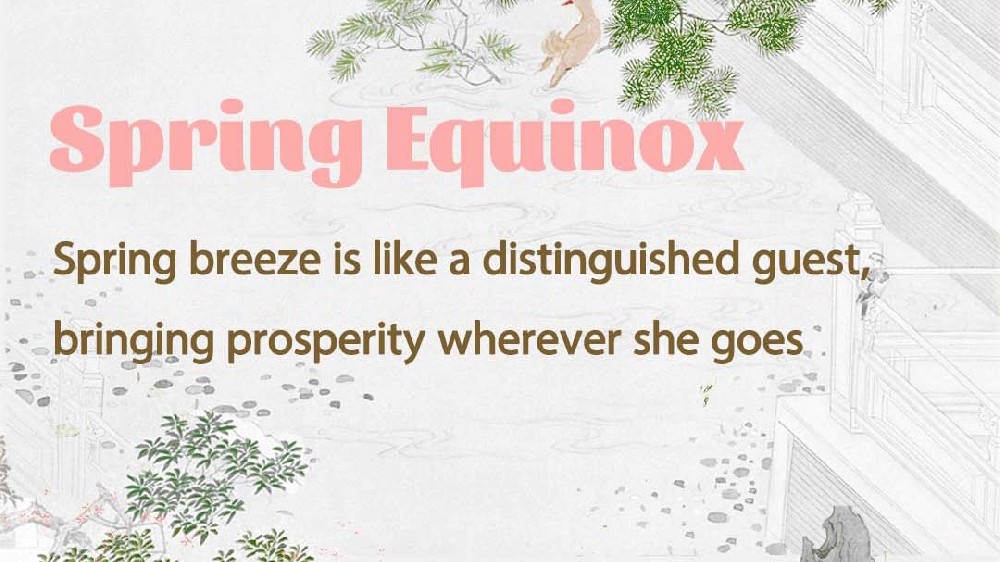
The Li People of Hainan: Weavers of Time and Guardians of the Island’s Soul
On a mist-shrouded morning in Hainan’s Wuzhishan mountains, lives an old woman who threads a spindle with cotton dyed in indigo and saffron. Her hands, weathered by decades of crafting Li brocade—a textile so intricate it’s been called “a living fossil of Chinese weaving”—move with the precision of a cartographer mapping ancestral memories. This isn’t just fabric; it’s a 3,000-year-old conversation between the Li people and their island home.

The Li ethnic group, Hainan’s earliest inhabitants, traces its lineage to the Luoyue people of ancient Yue Kingdom—a migratory wave from mainland China’s Guangdong and Guangxi regions over 2,000 years ago.
By the Tang Dynasty (618–907 CE), Han chroniclers documented these “island dwellers” in The Book of Han: men armed with bone-tipped arrows and women weaving Guan Tou—garments with central perforations for practicality and symbolism. Their name, “Li,” first formalized in Song Dynasty records, means “guest” in their tongue—a poetic nod to their self-perception as the island’s eternal hosts. Archaeological treasures validate this legacy. Jade bone hairpins, carved with thunder god motifs, hint at shamanistic rituals predating written history.
Meanwhile, Li brocade fragments were once unearthed in Han Dynasty tombs, revealing geometric patterns mirroring Hainan’s tropical flora—a visual lexicon encoding ecological wisdom.
Li craftsmanship is an act of cultural rebellion. Take Li brocade: spun from island-grown kapok, dyed with mangrove roots, and woven on waist-looms passed down matrilineally. Each piece tells a story—mythic battles against invaders, love songs sung under moonlit palms, or the flight of the mythical Dongfeng bird, believed to carry souls to ancestral realms.
The art nearly vanished during the 20th century. Mao-era collectivization dismantled village workshops, and younger generations gravitated toward urban jobs. But in 2009, UNESCO’s inclusion of Li textile techniques on its Intangible Cultural Heritage list sparked revival.
Weaving is how the Li talk to their ancestors, and if the threads break, so will their history. It reflects the importance of Li brocade.
No artifact embodies Li resilience more than the bone hairpin. Carved from water buffalo or cattle bones, these kinds of ornaments feature intricate clan symbols—a coiled serpent for fertility, a crescent moon for lunar cycles. The process takes 12 days: scraping marrow, bleaching, then etching with shark-tooth chisels.
During the Qing Dynasty, these hairpins usually signaled social status. Chiefs wore golden versions; farmers opted for bone.
Li spirituality is a tapestry of animism and ancestor veneration. In Wuzhishan’s cloud-kissed valleys, shamans still commune with Shan Shen (Mountain Gods) and Shui Shen (Water Spirits). During San Yue San (March 3rd Festival), villagers dance the Bamboo Fire Dance—a fertility rite where couples stomp flaming bamboo stalks, their footfalls syncopated to drumbeats echoing prehistoric rituals.
The Li language, a Tai-Kadai tongue with 1 million speakers, faces existential threats. Only half of islanders now speak it fluently, replaced by Mandarin in schools and markets. Language is the DNA of culture. Lose it, and people will lose the mirror to the past.
